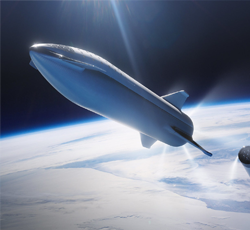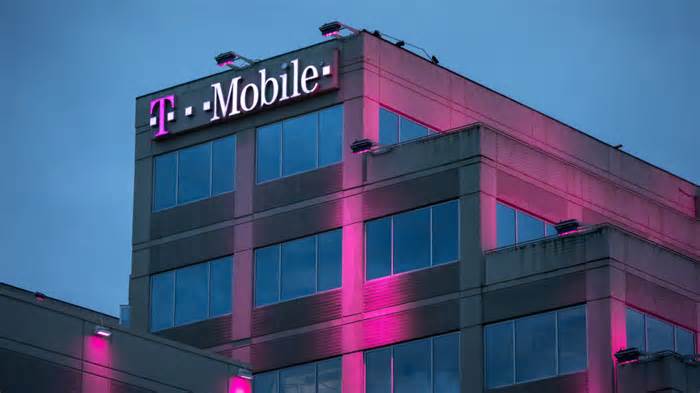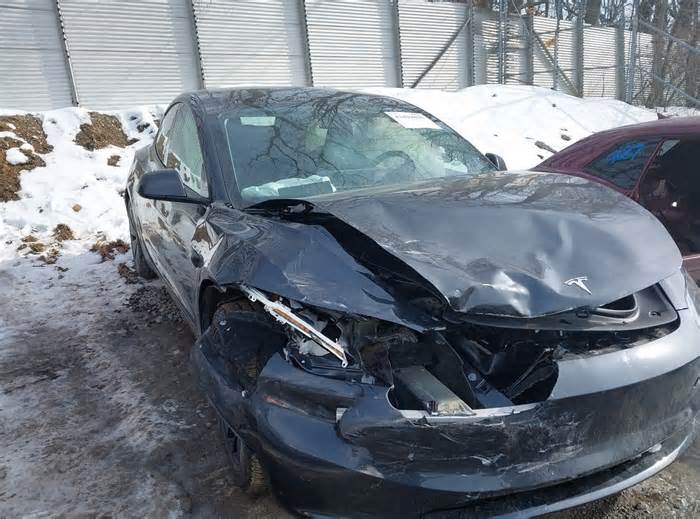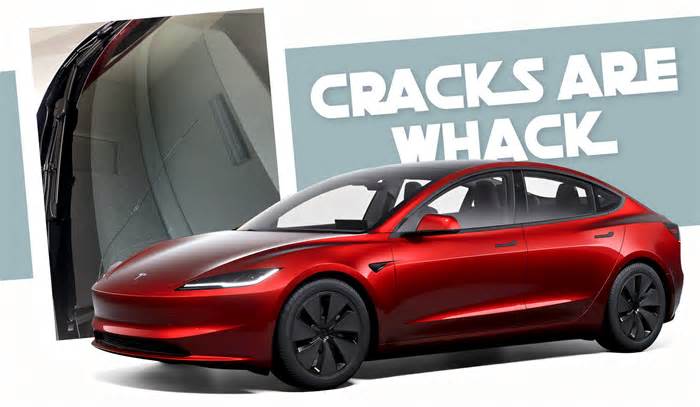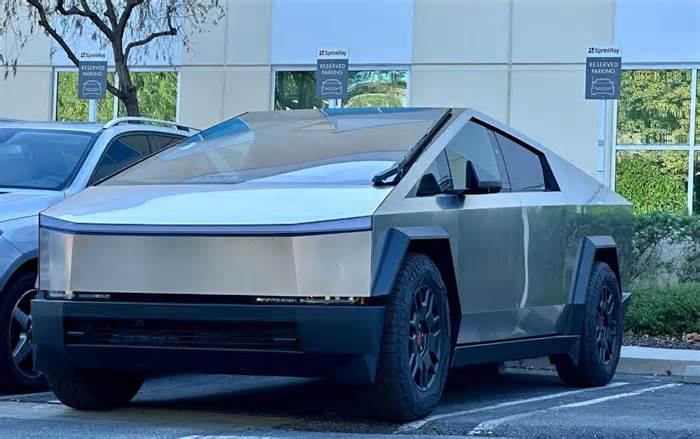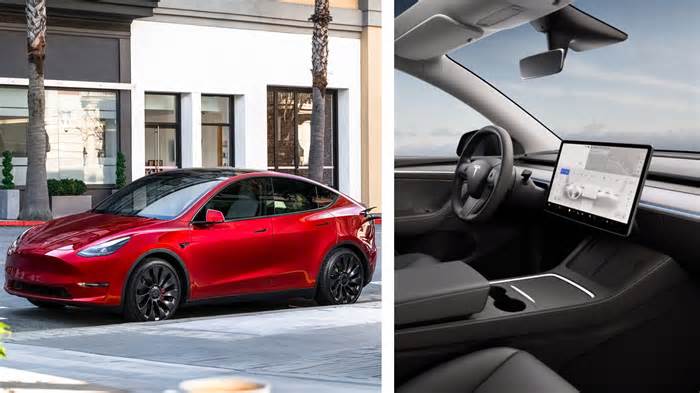
US grounds SpaceX's Starship rocket after test-flight explosion
- by France 24
- Jan 17, 2025
- 0 Comments
- 0 Likes Flag 0 Of 5
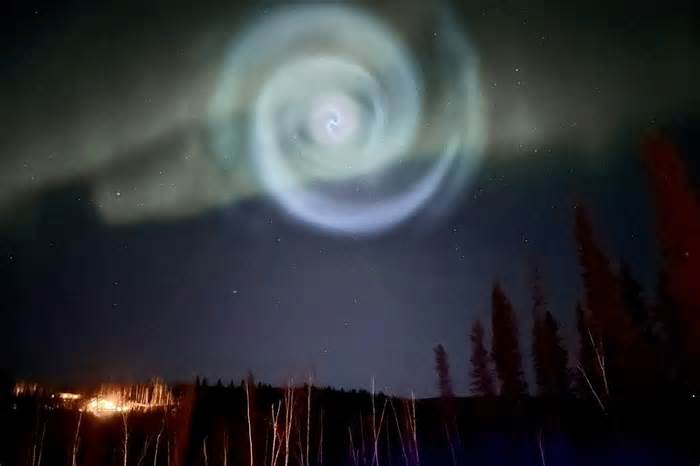
To display this content from , you must enable advertisement tracking and audience measurement.
Accept Manage my choices
SpaceX's mega rocket Starship launches for a test flight from Starbase in Boca Chica, Texas, Thursday, Jan. 16, 2025.
© Eric Gay, AP
The US Federal Aviation Administration on Friday grounded SpaceX's prototype Starship rocket, ordering Elon Musk's company to carry out a "mishap investigation" before the launch vehicle can return to flight.
The spaceship dramatically disintegrated over the Caribbean on Thursday, "and the FAA is working with SpaceX and appropriate authorities to confirm reports of public property damage on Turks and Caicos," the agency said in a statement.
Elon Musk's company said the Starship broke apart – what it called a “rapid unscheduled disassembly". The spacecraft's six engines appeared to shut down one by one during ascent, with contact lost just 8 1/2 minutes into the flight.
The spacecraft – a new and upgraded model making its debut – was supposed to soar across the Gulf of Mexico from Texas on a near loop around the world similar to previous test flights. SpaceX had packed it with 10 dummy satellites for practice at releasing them.
A minute before the loss, SpaceX used the launch tower's giant mechanical arms to catch the returning booster, a feat achieved only once before. The descending booster hovered over the launch pad before being gripped by the pair of arms dubbed chopsticks.
The thrill of the catch quickly turned into disappointment for not only the company, but the crowds gathered along the southern tip of Texas.
“It was great to see a booster come down, but we are obviously bummed out about ship,” said SpaceX spokesman Dan Huot, adding it would take time to analyse the data and figure out what happened. “It’s a flight test. It’s an experimental vehicle.”
The last data received from the spacecraft indicated an altitude of 90 miles (146 kilometres) and a velocity of 13,245 mph (21,317 kph).
The 400-foot (123-metre) rocket had thundered away in late afternoon from Boca Chica Beach near the Mexican border. The late hour ensured a daylight entry halfway around the world in the Indian Ocean. But the shiny retro-looking spacecraft never got nearly that far.
SpaceX had made improvements to the spacecraft for the latest demo and added a fleet of satellite mockups. The test satellites were the same size as SpaceX’s Starlink internet satellites and, like the spacecraft, were meant to be destroyed upon entry.
Musk plans to launch actual Starlinks on Starships before moving on to other satellites and, eventually, crews.
It was the seventh test flight for the world’s biggest and most powerful rocket. NASA has reserved a pair of Starships to land astronauts on the moon later this decade. Musk’s goal is Mars.
Hours earlier in Florida, another billionaire’s rocket company – Jeff Bezos’ Blue Origin – launched the newest supersized rocket, New Glenn. The rocket reached orbit on its first flight, successfully placing an experimental satellite thousands of miles above Earth. But the first-stage booster was destroyed, missing its targeted landing on a floating platform in the Atlantic.
(FRANCE 24 with AFP and AP)
Read next
Please first to comment
Related Post
Stay Connected
Tweets by elonmuskTo get the latest tweets please make sure you are logged in on X on this browser.
Sponsored
Popular Post
tesla Model 3 Owner Nearly Stung With $1,700 Bill For Windshield Crack After Delivery
33 ViewsDec 28 ,2024
Middle-Aged Dentist Bought a Tesla Cybertruck, Now He Gets All the Attention He Wanted
32 ViewsNov 23 ,2024





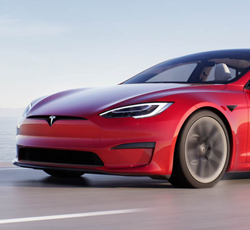
 Energy
Energy